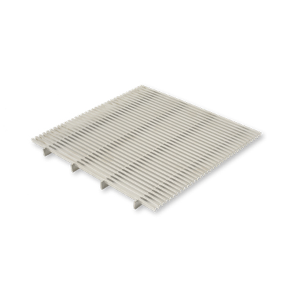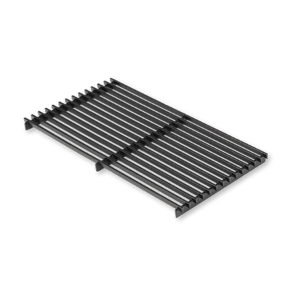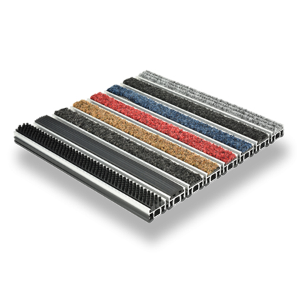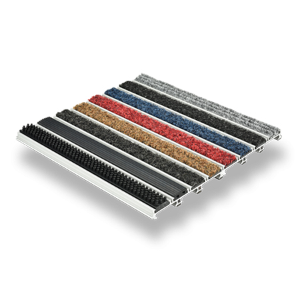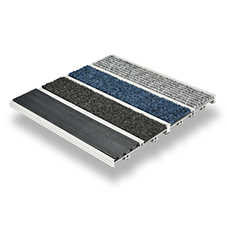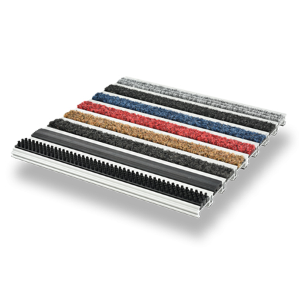To view the full article on the Intrasystems website, click here.
Environmental Product Declarations (EPDs) are becoming increasingly important, and integral to sustainable operations and decision-making in the built environment.
✔️ Clients are demanding EPDs within their procurement processes.
✔️ Manufacturers are investing in greater numbers of EPDs.
✔️ Architects are choosing more products with EPDs.
✔️ Programmes like BREEAM and WELL recognise EPDs.
At INTRAsystems, they view the EPD as a gold-standard for sustainable specification and comparison, and are proud to say they know the carbon footprint of nine of their most popular products – from cradle to grave – and all independently verified.
What exactly are EPDs?
Environmental Product Declarations (EPDs) are certified reports that are issued following a rigorous and independently verified process to assess and measure the whole-life environmental impact of a product. The document is an ISO 14025 type III environmental declaration, specific to construction works and services, and distinct from a standard Life Cycle Analysis (otherwise known as an LCA).
An EPD contains two key documents:
Life Cycle Assessment (LCA) containing comprehensive product data for third-party verification. Suppliers and Environdec (the controlling body) keep this on file as it isn’t for public access.
Public EPD summary document with abridged LCA results and other relevant information for comparison.

Whole-life carbon assessments are becoming more common and are critical in the understanding and active reduction of carbon emissions and environmental impact. Particularly within the construction industry, as we strive to reach net zero by 2050. However, to achieve an effective change in favour of sustainability, everyone must be able to make informed decisions about the performance and environmental impact of products.
To facilitate a robust comparison of products or processes, every component and life-stage needs to be examined. And an EPD is rapidly becoming the global benchmark for assessing an individual product’s past, performance, service life and future environmental impact.
Robust analysis and comparable data
An EPD goes further than an LCA, as it particularly assesses and frames the product’s impact within the construction sector, making the report much more relevant for your needs.
External specialists carry out EPD assessments to examine each component part of a product, however complex. They group products into various categories and apply standard rules, Product Category Rules (PCRs) for more specific and easily comparable data. They assess products at such a granular level that biology, chemical makeup, energy use, emissions, water, waste, by-products, co-products, storage and transport implications are all accounted for at every stage.
How EPDs benefit you
1.Comparable: Sourcing sustainable products can be a minefield as there are so many initiatives, labels and data available that it is often hard for you to identify the most accurate and comprehensive option. So, comparing product data from different initiatives is difficult and open to error. But an EPD helps you compare across all product categories, specifically for construction, thanks to their standardised, comprehensive and globally recognised reports.
2. Holistic and comprehensive: An EPD also highlights a particular misunderstanding of other schemes where products are heralded as having a low or neutral carbon footprint, but do not account for their short service life or single use. A particular consideration within construction. As EPDs contain all the construction, service life and maintenance expectations, and do not allow carbon offsetting figures, you can specify the most suitable and sustainable option for your needs.
3. Globally recognised: There is no industry standardisation yet across the many schemes for procurement and accreditation (CHAS, SMAS etc) demanding sustainability data. However, an EPD meets European Standards and is so highly regarded that the data feeds into the various accreditation schemes and initiatives you use, with many schemes now demanding an EPD or assigning points for EPDs; BREEAM, LEED, WELL etc. EPDs can also help you meet the Construction Products Directive (305/2011) and fulfil SKA requests for RICS.
4. Future-proof: EPDs will become the standard as the European Union framework for sustainable buildings, LEVELs becomes more widely used. And rumour has it, the CE Mark requirement for construction industry products will require EPDs, so you can make sure you are ready by understanding and using EPDs now.
5. Informative: EPDs help you make informed decisions for sustainability more easily. They provide product information for you to assess the impact and technical performance of individual components, and the ultimate environmental impact of a build project.
6. Readily available data: INTRAsystems’ EPD product data is available to you here on their website, and findable via the product filters.

Why do EPDs matter in the built environment?
| T | 01425 472000 |
|---|---|
| F | 01425 481981 |
| E | info@intrasystems.co.uk |
| W | Visit INTRAsystems's website |
| Sustainability Info | |
| 6 Cobham Road, Ferndown, Wimborne, BH21 7PE |


